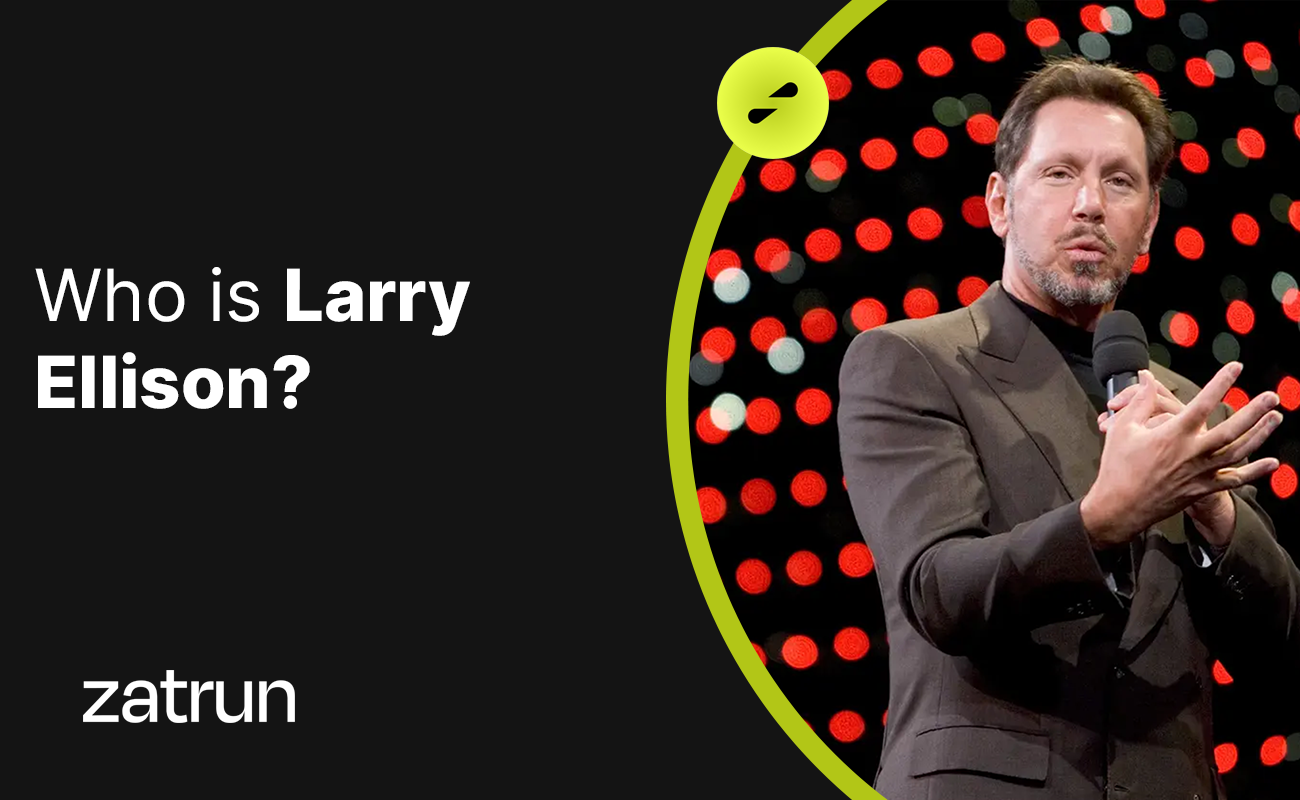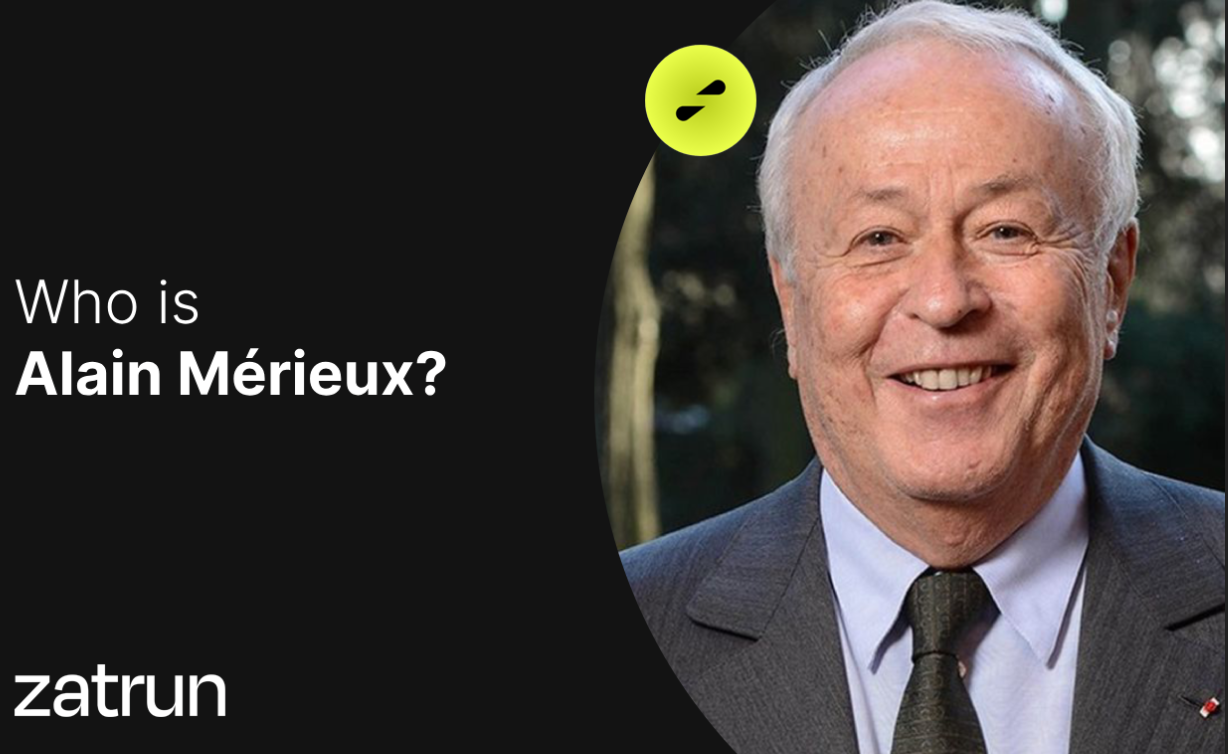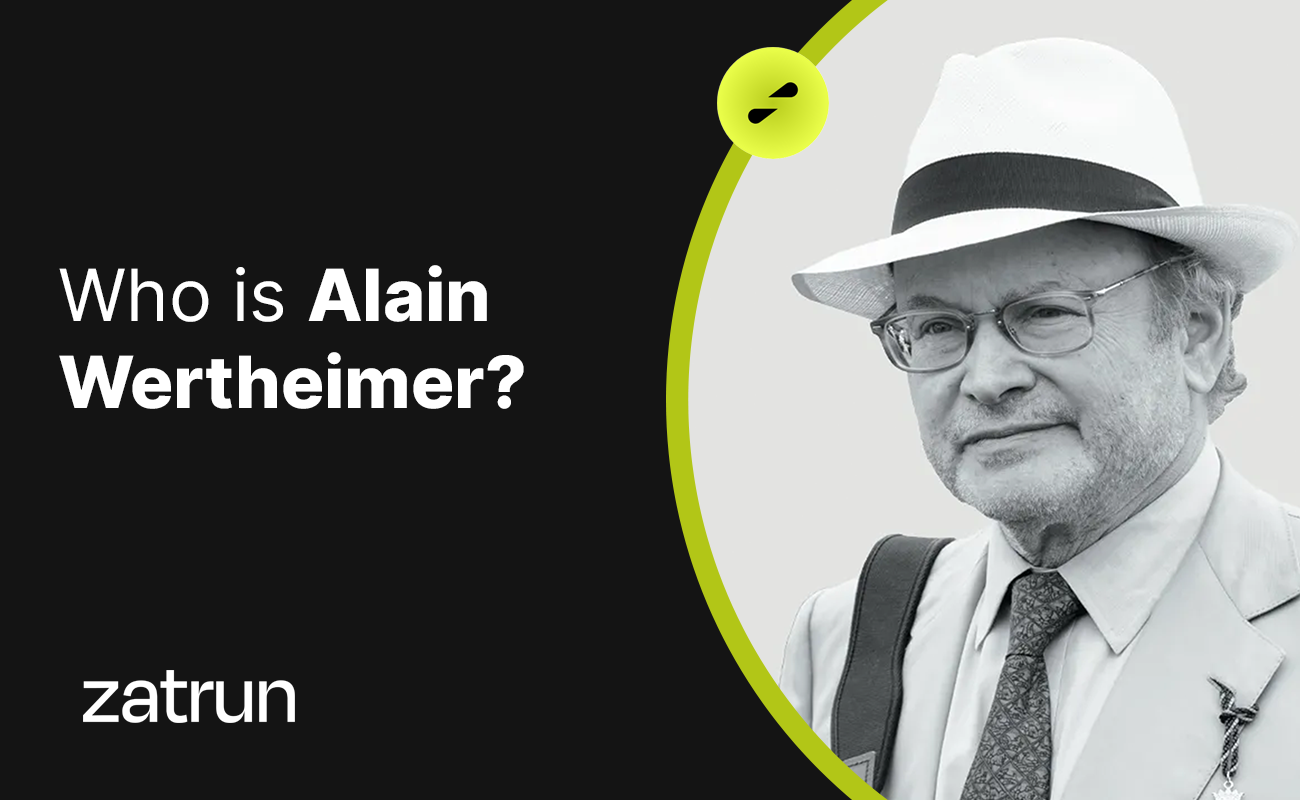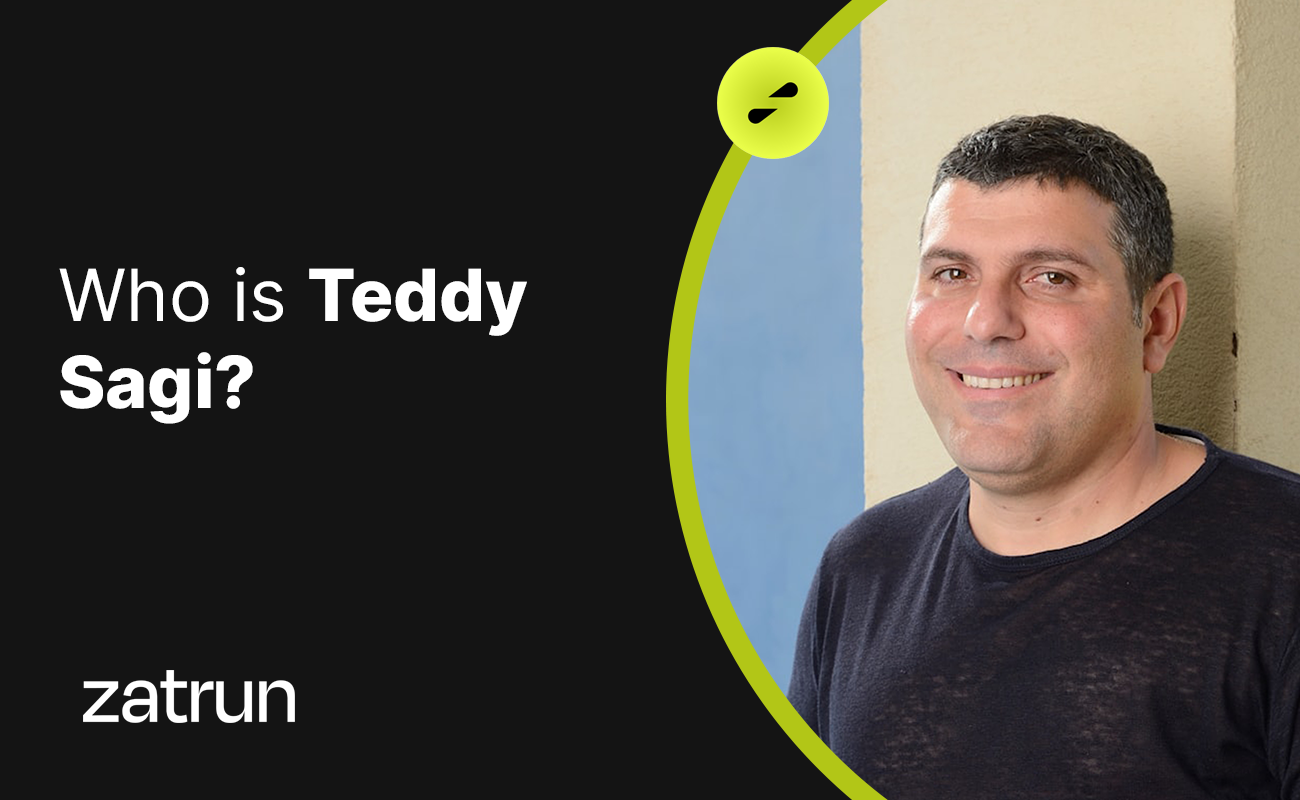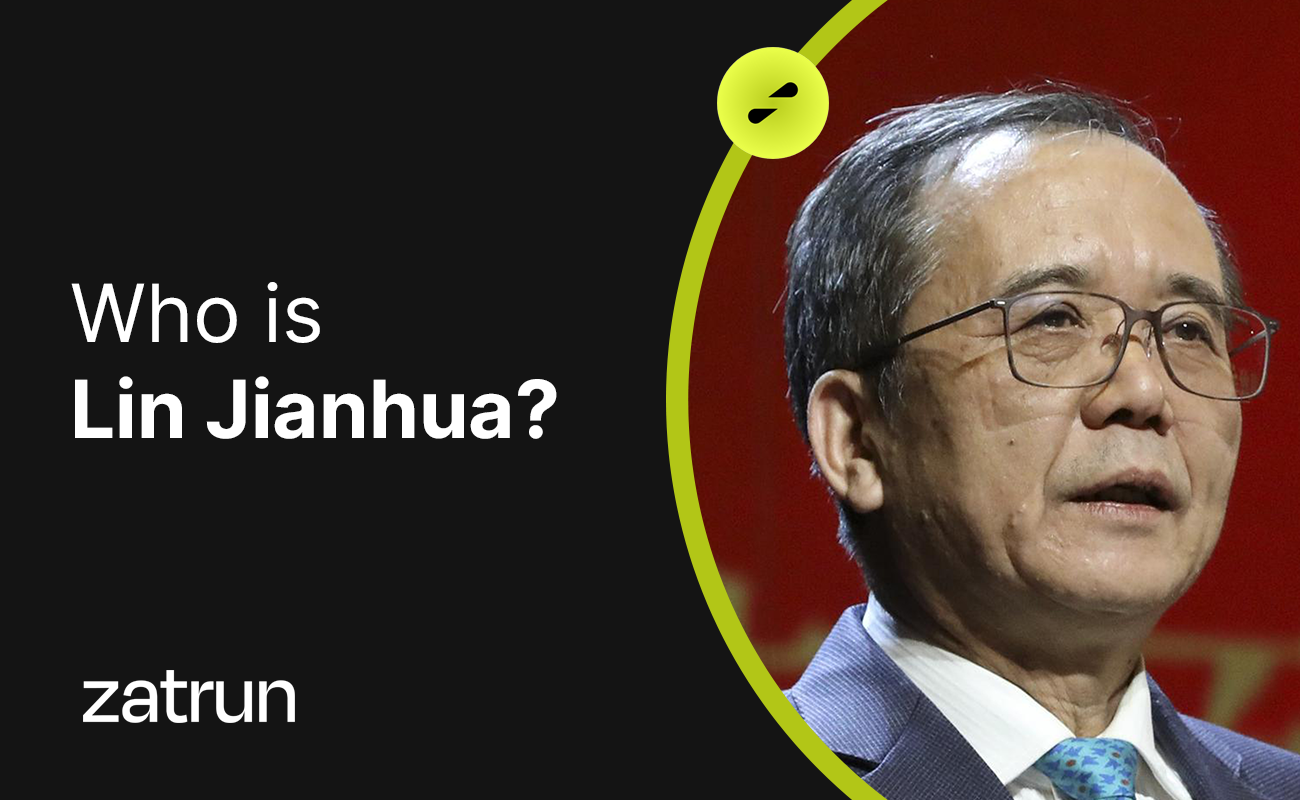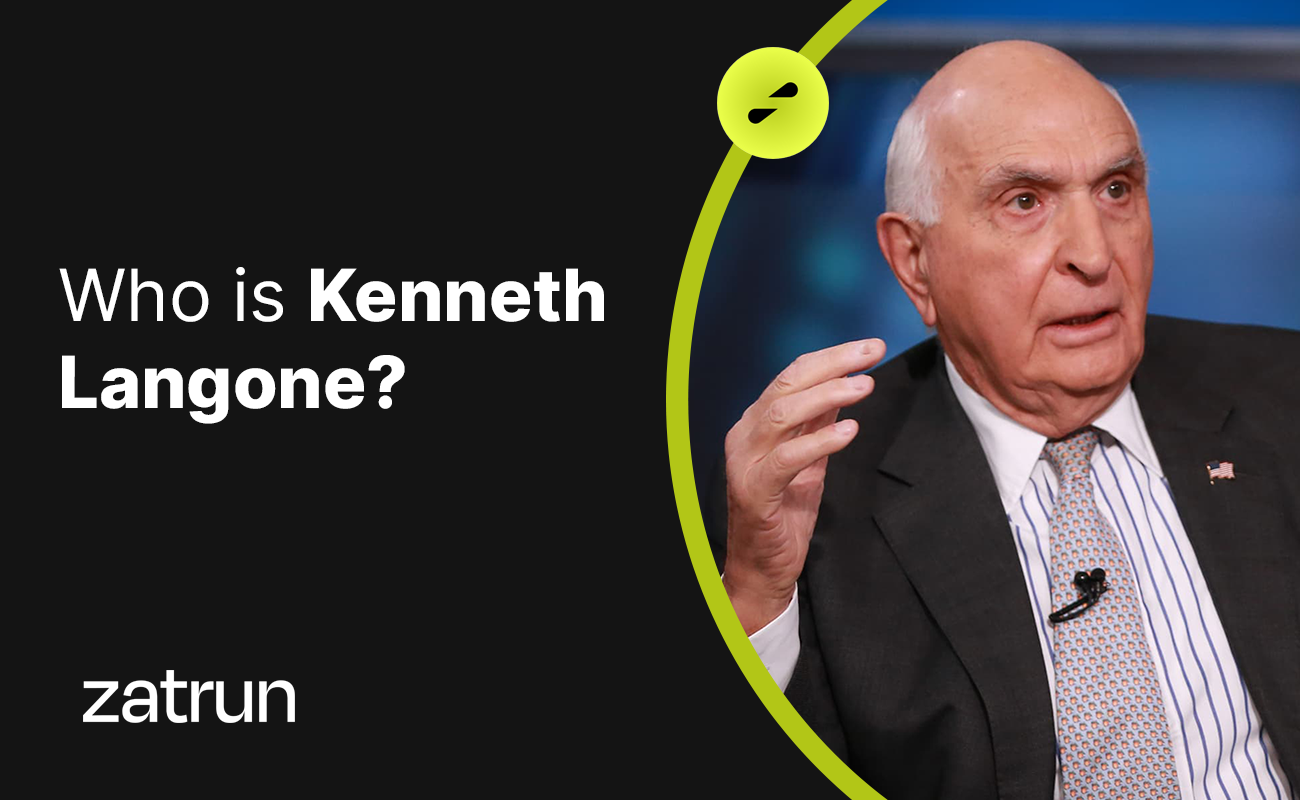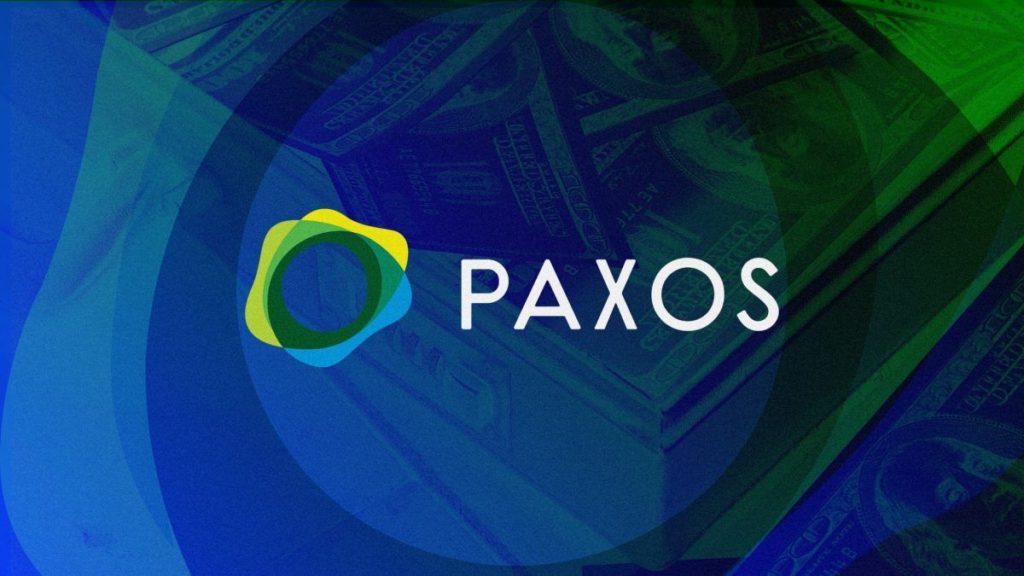Volatility, inflation, lack of crypto adoption, and low trust among traders are just a few of the issues that have hindered widespread use of the crypto industry. However, one project is attempting to address these problems with its unique dual-token architecture. This article of Zatrun.com takes a closer look at the Reserve Rights Token (RSR) project and provides answers to all the questions you may have about it.
According to the creators of Reserve Rights, cryptocurrencies and blockchains will eventually merge. There will be a power struggle to determine which blockchains are the most useful and usable. Ultimately, we will see a few cryptocurrencies take global dominance. However, the market is currently in chaos with a multitude of highly volatile cryptocurrencies. This is where the Reserve Rights Token comes in, aiming to provide power to the Reserve Token and bring stability to the market.
What is Reserve Rights (RSR)?
Bitcoin was released over a decade ago, and since then, more cryptocurrencies and blockchain protocols have emerged. However, the industry has not yet overcome scalability issues that have prevented mainstream adoption.
The developers of the Reserve protocol launched their dual token stablecoin platform in May 2019 after a successful ICO on the Huobi Prime platform. According to the team, a more stable cryptocurrency will be widely used as a “store of value,” “medium of exchange,” and “deferred payment standard.”

The Reserve Rights Token (RSR), held by the Reserve smart contract to support the value of the Reserve stablecoin (RSV), helps to maintain the protocol’s stability. RSV, launched in 2019, is backed by a basket of tokenised assets and always equals one US dollar.
The stablecoin is designed to facilitate cheaper remittances from developed countries to those in need and is stored in the Reserve vault. Reserve Rights Token, on the other hand, gives owners a say in the protocol’s management and is also used to keep the value of RSV constantly pegged to $1.
How Does Reserve Rights Work?
Reserve tokens exist on Ethereum under the ERC-20 standard. The protocol’s stated goal includes providing users with a new stablecoin value preservation.
Algorithms and RSR coins are used to keep RSV at $1. If the price of an RSV token on an exchange drops below $1, the protocol automatically buys more RSV to bring the price back to $1. If the price of the stablecoin rises above the desired $1 value, they sell RSV in exchange for RSR.
So, what happens if the value of the assets backed by the Reserve protocol falls, and they can no longer guarantee the existence of RSV? At this point, RSR coins will be used to recapitalise the market. As the supply of RSV increases, the amount of RSR in the market decreases. Thus, the ecosystem smoothly restructures itself while maintaining the stability of the stablecoin, bringing a haven to the cryptocurrency market.

What are RSV and RSR? Is RSR a Good Investment?
Reserve stablecoin (RSV) was launched in 2019 and is backed by a basket of tokenised assets. When it was first launched, these were USD Coin (USDC), TrueUSD (TUSD), and Paxos Standard (PAX). Over time, additional assets, including securities, other currencies, and commodities, were added to diversify the support. Users can protect their funds from hyperinflation with the dollar-indexed RSV.
The second token in the ecosystem and the main topic of our article, Reserve Rights Token (RSR), is used to maintain the value of RSV and ensure the decentralisation of the platform. RSR holders can vote on decisions shaping the project’s future within the Reserve protocol, preventing the platform from becoming centralised. Unlike RSV coin, RSR coin does not track the value of the US dollar. Therefore, it has a volatile nature as a cryptocurrency. Many users invest in RSR coin as a result.
In May 2022, Terra (LUNA), one of the largest projects in the crypto market, experienced an unprecedented crash. LUNA token, which has a similar architecture to RSR coin, lost over 99.9% of its value in just a few days. This resulted in billions of dollars of investors’ funds being wiped out in an instant. As a result, some believe that the dual-token system is risky.

Reserve Rights Token is currently the 167th largest currency in the market, indicating that investors have not given up on the project. Nonetheless, it is advisable to evaluate these risks before considering an investment.


